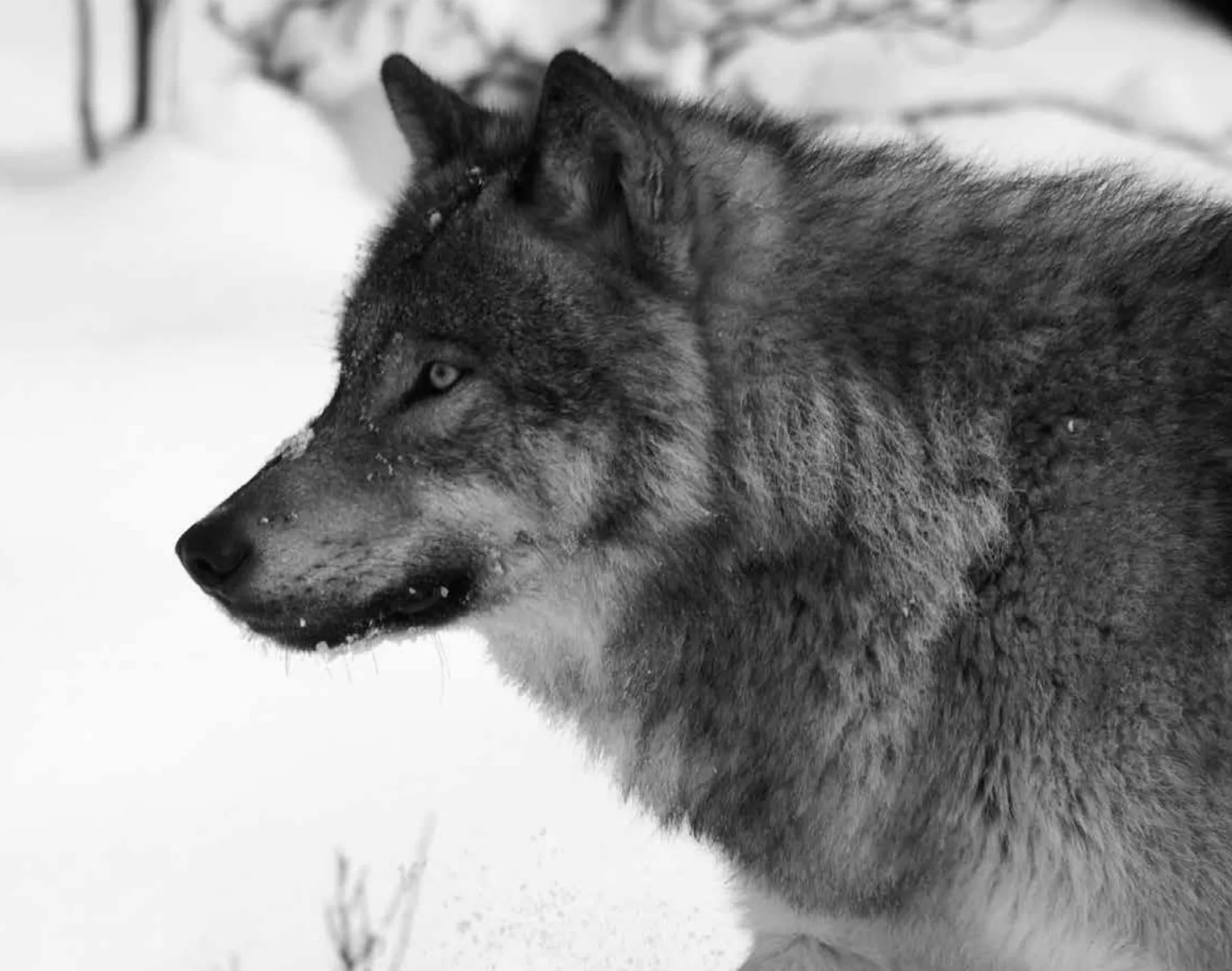Montana’s vast landscapes provide a perfect backdrop for hunters targeting some of the state’s most elusive predators: wolves. While public lands offer opportunities, private property hunting, when done legally, can give hunters more control over access, timing, and safety. With night vision technology, the experience takes on a whole new level—both in terms of effectiveness and excitement.
Why Private Land Matters
Hunting wolves on private property in Montana comes with a few clear advantages:
-
Controlled Access: Hunters can choose where to set up, reducing encounters with other hunters.
-
Tailored Management: Landowners often seek help managing predator populations that threaten livestock, giving hunters an opportunity to assist and hunt simultaneously.
-
Extended Seasons: Some private land hunts coincide with shoulder seasons, opening as early as mid-August for antlerless elk and certain predator hunts, which may overlap with wolf hunting opportunities.
Always ensure you have the landowner’s permission and verify that the property is legally open for wolf hunting. Montana Fish, Wildlife & Parks (FWP) has strict rules regarding private land hunting, licensing, and reporting kills.
Night Vision Hunting: How It Works
Night vision has revolutionized wolf hunting, especially on private property where visibility is limited and wolves are most active during twilight or after dark. Here’s what hunters should know:
-
Equipment Options
-
Night Vision Scopes: Mounted on rifles, allowing hunters to identify and accurately shoot at night.
-
Night Vision Binoculars/Monoculars: Ideal for scouting and tracking wolves before taking a shot.
-
Infrared/IR Illuminators: Some devices require IR lights to enhance visibility without spooking the animals.
-
-
Caliber and Firearm Choice
-
Bolt-action rifles in .243, .270, .308, or .30-06 are common, offering both accuracy and stopping power.
-
Semi-automatic rifles can provide quick follow-up shots if multiple wolves are present.
-
-
Tactics for Success
-
Calling: Predator calls mimic distressed prey, drawing wolves into range.
-
Trail Observation: Wolves often follow established trails or fences on private land. Night vision makes spotting these routes easier.
-
Patience & Positioning: Wolves are highly alert. Station yourself in an area with natural cover and good visibility.
-
Safety and Legal Considerations
Hunting at night introduces extra risks. Keep these points in mind:
-
Confirm Local Laws: Montana has specific regulations for nighttime hunting and predator hunting. Check FWP guidelines to ensure compliance.
-
Secure Your Area: Always know what’s beyond your target, especially in low-light conditions.
-
Wear Blaze or Reflective Gear: While invisible to wolves, other humans may be hunting nearby, so take precautions.
-
Night Vision Ethics: Avoid using illegal devices like spotlights or lasers that are prohibited under Montana law.
Why Hunt Wolves at Night?
Wolves are crepuscular, meaning they’re most active during dawn and dusk. Night vision allows hunters to:
-
Spot wolves in dense cover without disturbing them.
-
Hunt when livestock or other prey is less likely to interfere.
-
Increase your chances of a clean, ethical shot.
Final Thoughts
Hunting wolves on Montana’s private lands with night vision combines strategy, skill, and legal responsibility. For hunters willing to invest time in scouting, understanding animal behavior, and respecting property boundaries, it offers a thrilling and productive hunting experience.
View the Montana Wolf Hunting Regulations Here



